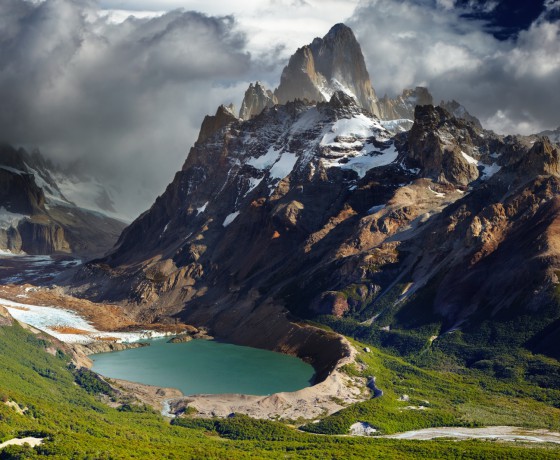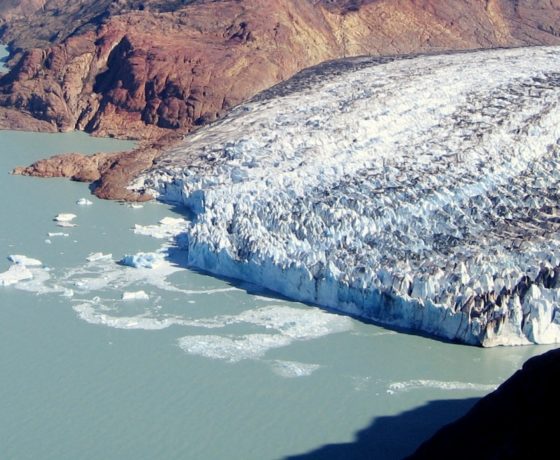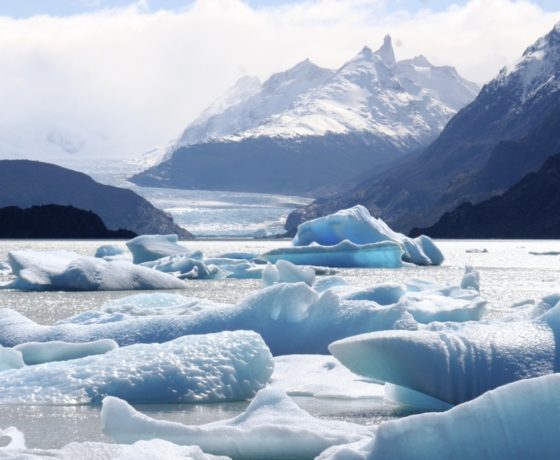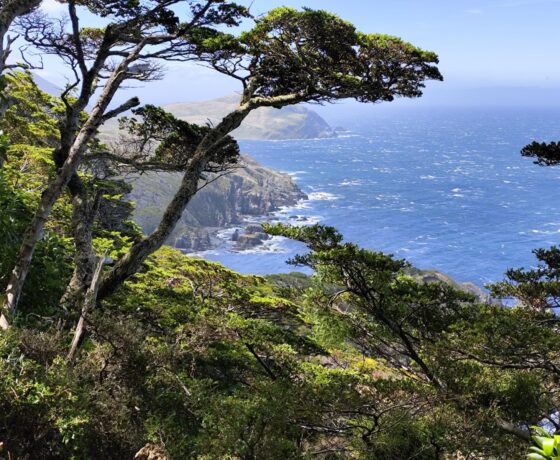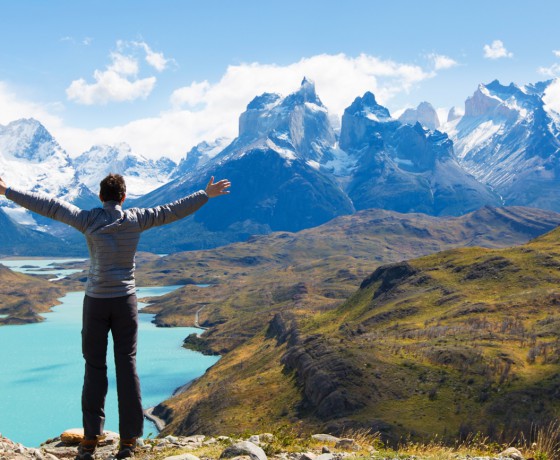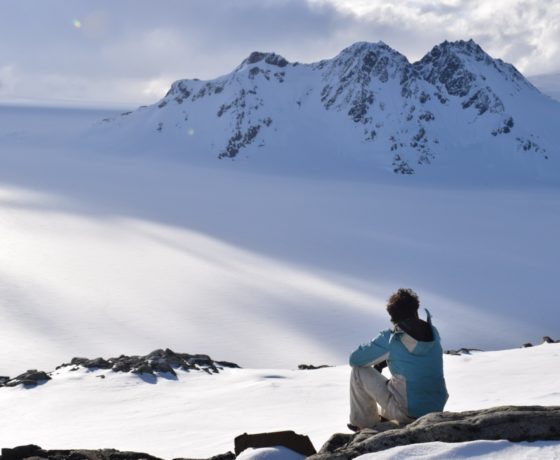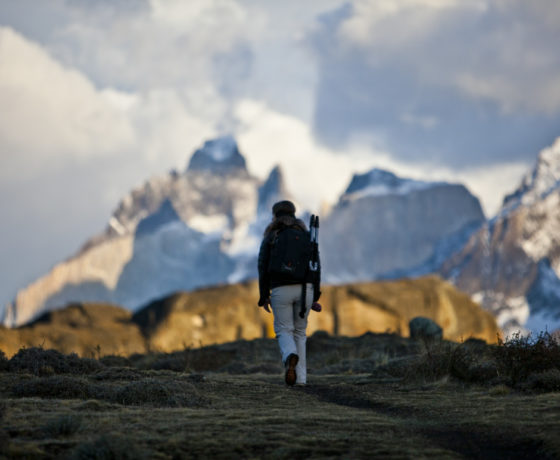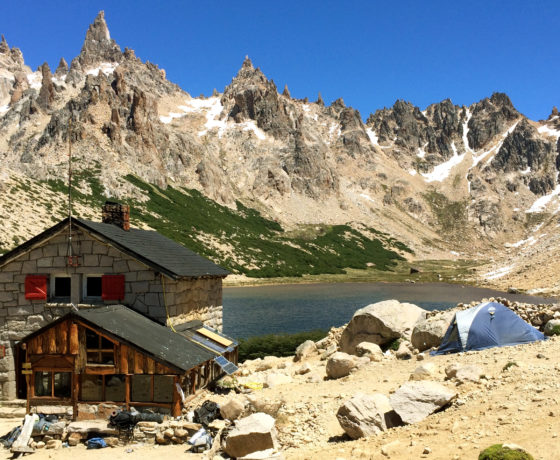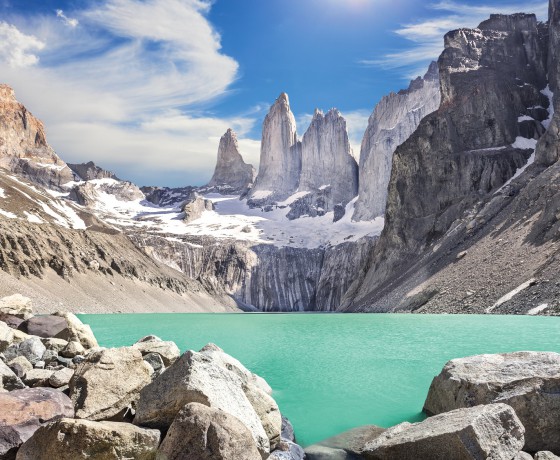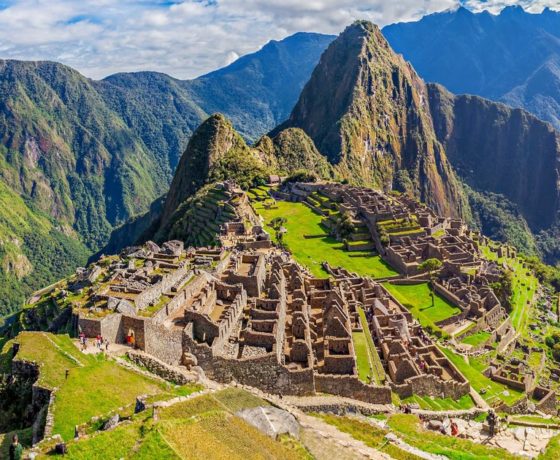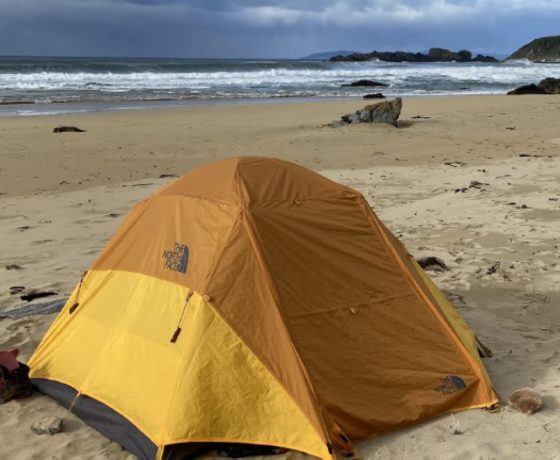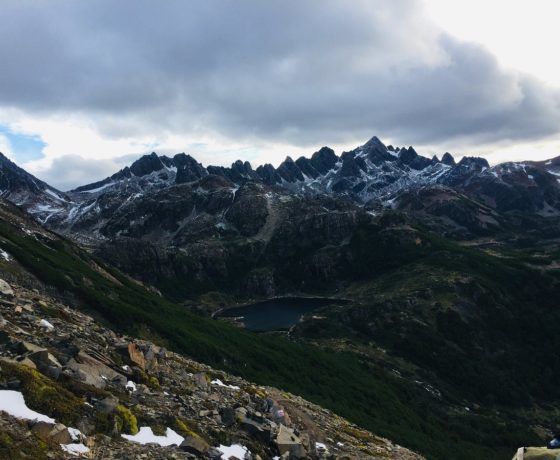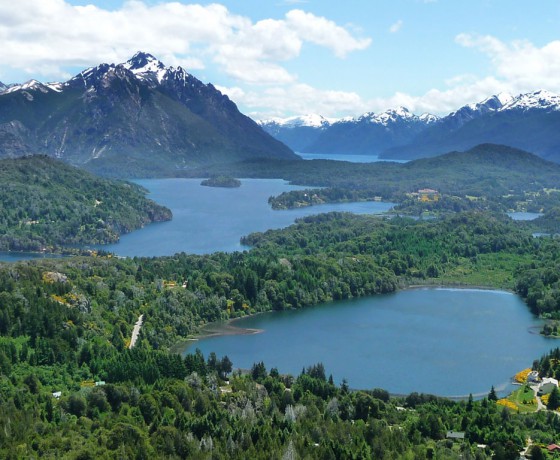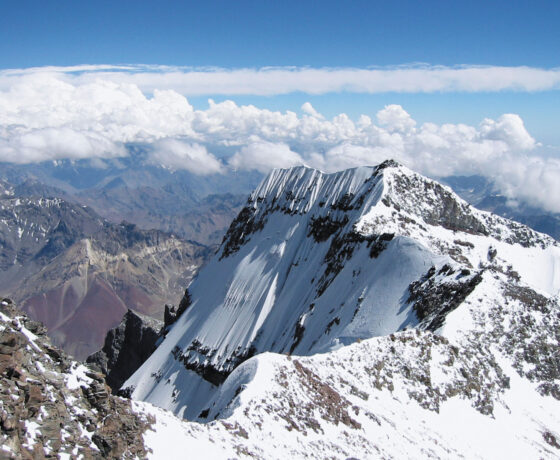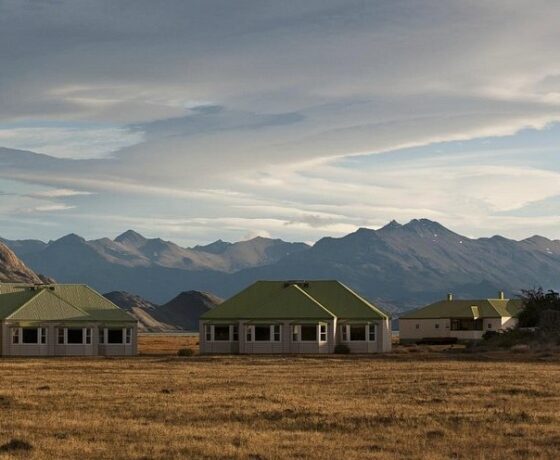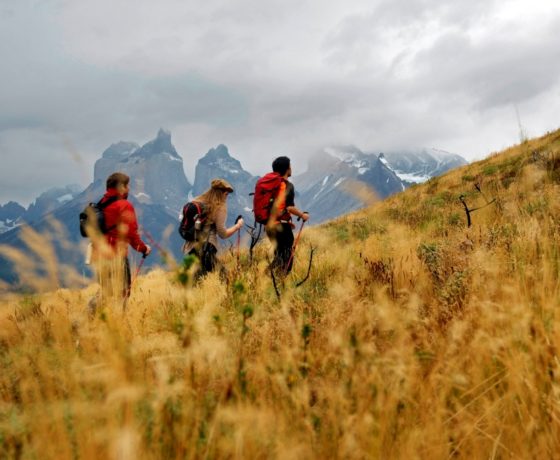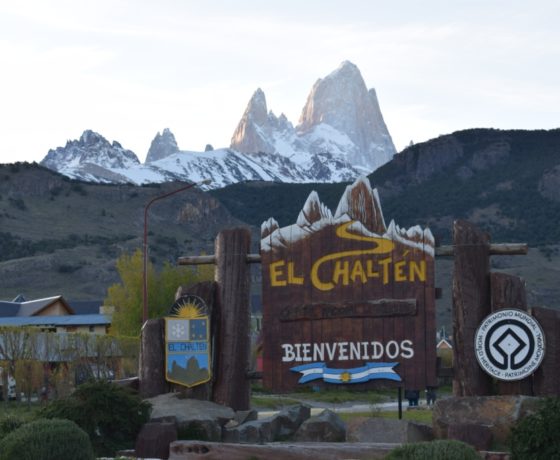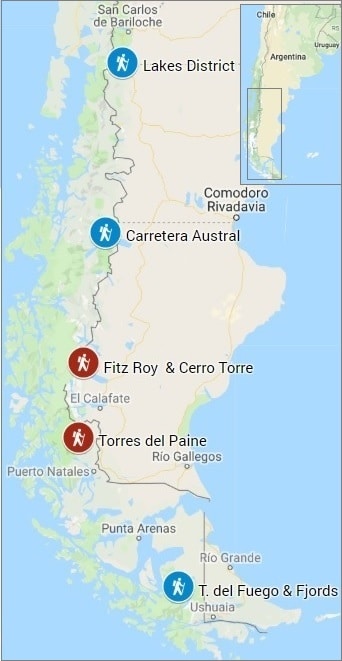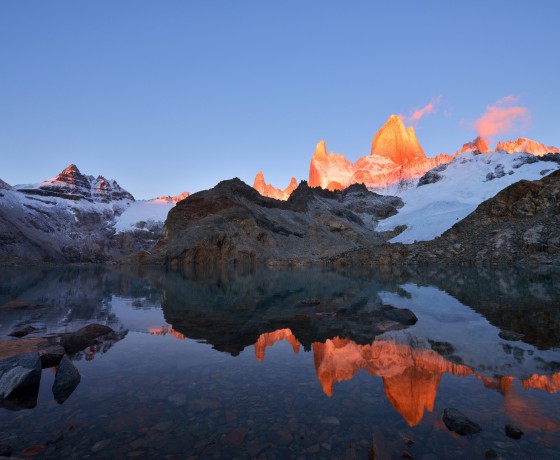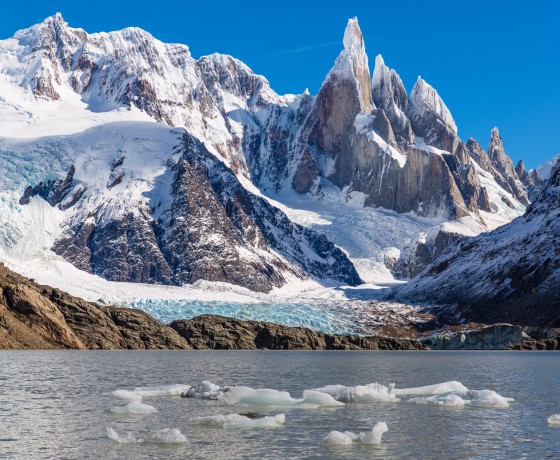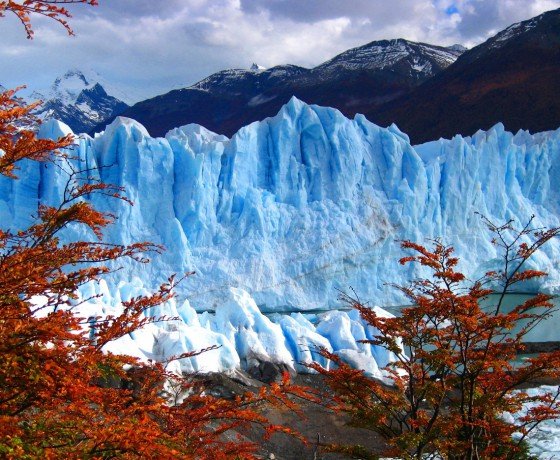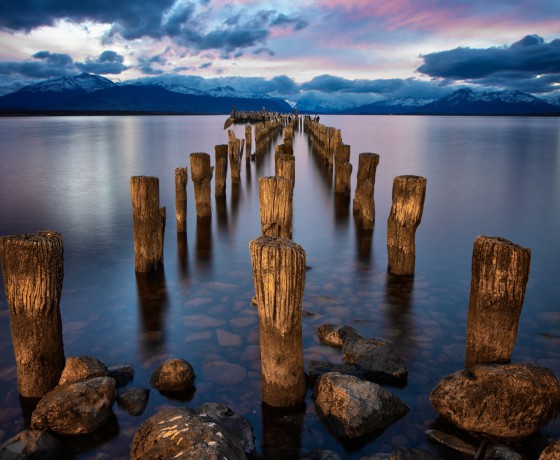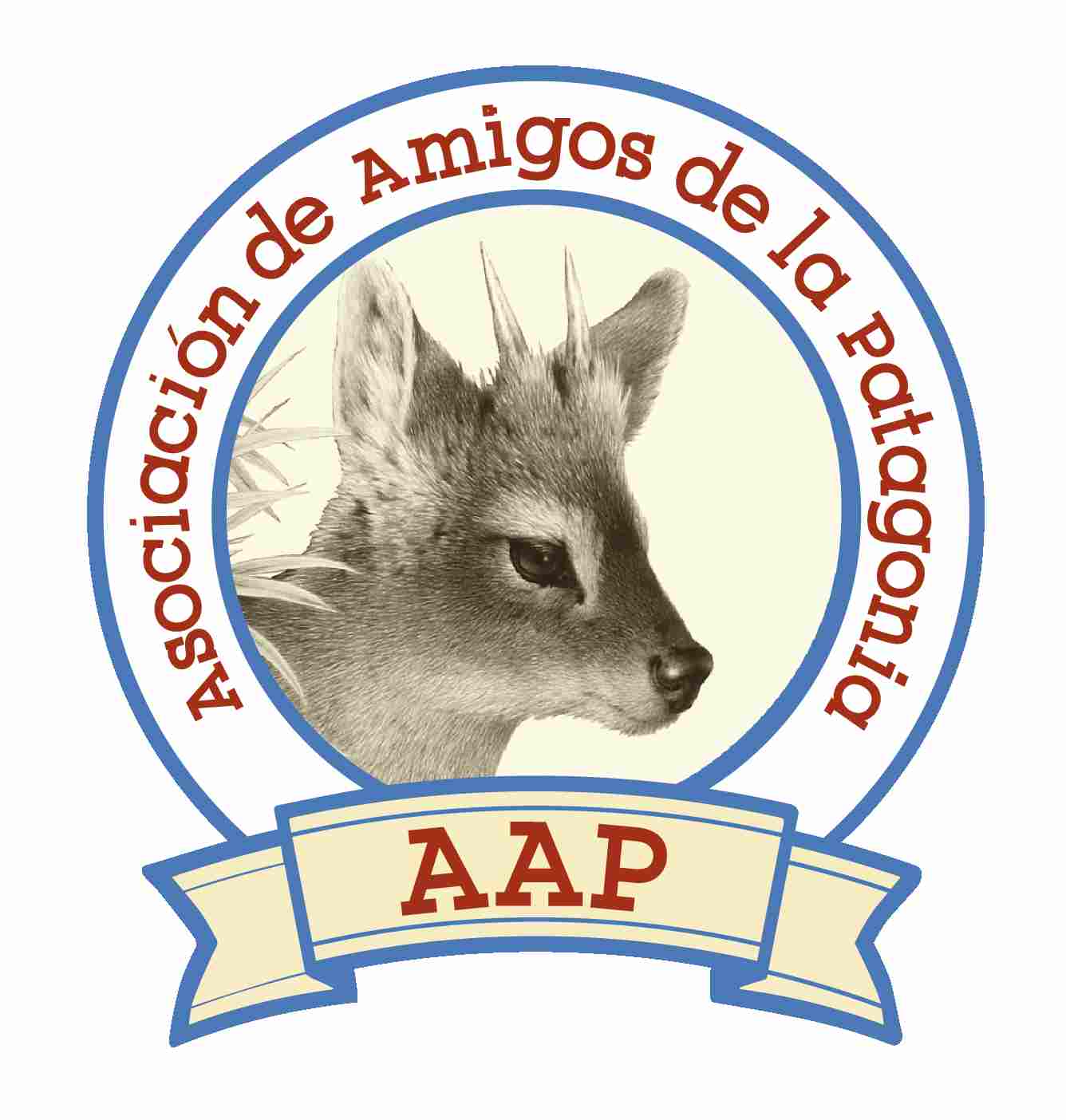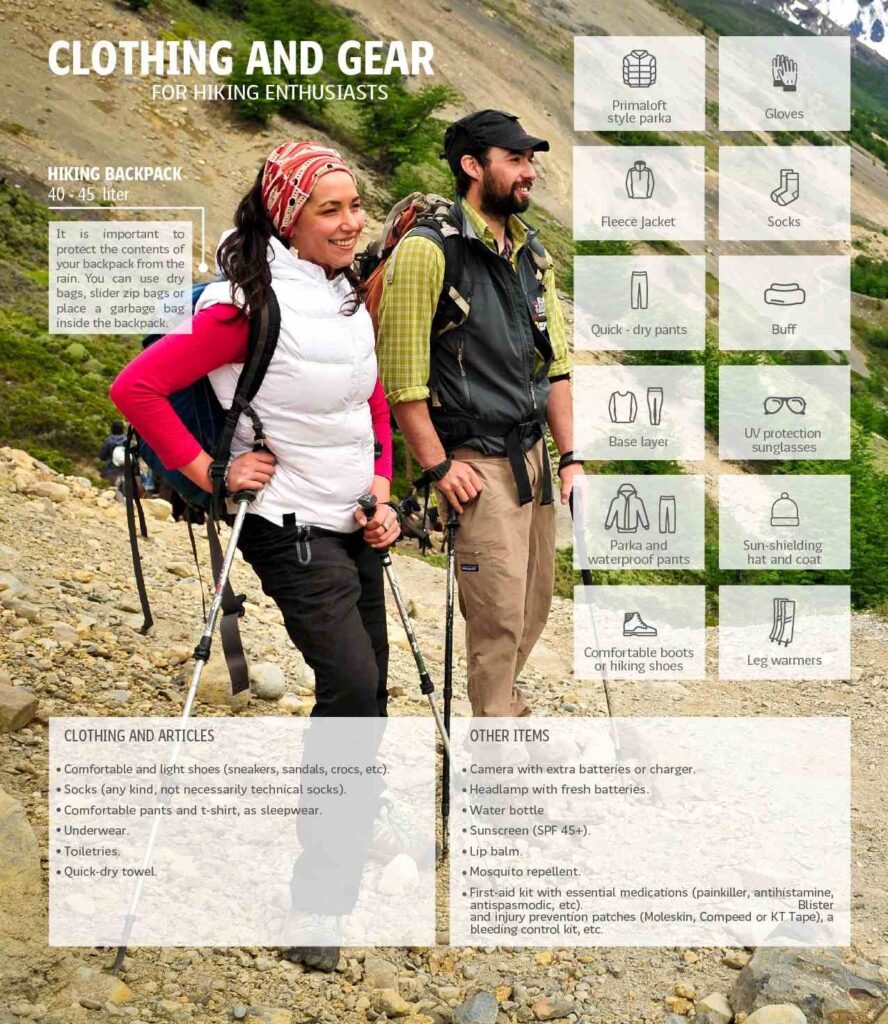
What should I bring for a trekking tour in Patagonia
Below you will find a list of the suggested gear to bring for the Patagonia trekking tours. This is for inspiration and we hope it helps. Note: in our tours, for the camping options you don’t need to bring sleeping bags neither tents nor sleeping mattresses from home (unless we specifically indicate the opposite). Here we go: Backpack, 50 lts. or so (this changes according to the circuit) – Thermal underwear – Trekking shoes or boots – Trekking pants – Fleece – Softshell jacket – Parka and over pants – Gaiters – Gloves -Thermal socks -the necessary spare cloth – Wool hat – Sun hat – Sunglasses – Sunscreen (UV is very strong during the southern spring, from September thru December) – Personal ítems – Lamp – Trekking poles (recommended, if you are used to them) – Personal medication – Personal documents to cross the border between Argentina and Chile. There is also something useful that you can bring along to increase the temperature inside the sleeping bag: a sleeping bag liner.
How’s the Weather like in Patagonia?
The weather in Southern Patagonia (El Calafate, El Chalten, Torres del Paine, Punta Arenas, and Tierra del Fuego) can be unpredictable, due to the strong winds that come from Antarctica and the Patagonian Ice Field. It means that you can get the four seasons all in one day. Nevertheless, there are some patterns about the climate that are useful to know:
From the ends of September till November (spring), temperatures in this area are between 5° C and 15° C (can get warmer). Nice during the day, even though it can get chilly. In September increases the chances of rain and snow. You have between 12 and 17 hours of daylight depending on the month. From December to the beginnings of March, the temperature raises to 7-18° C (it can get warmer). Nice during the day, cool but not cold in the night (usually), stronger winds than in other seasons. Between 13 and 17 hours of daylight depending on the month.
From the end of March till May. Similar to spring, but a few degrees less. In May increases the chances of snow. Daylight: 8-11 hours depending on the month. Winter has lower temperatures, but milder winds as well. It snows, naturally, and the average temperature is between -1° C and 6° C (even though this can change). The weather in the rest of Patagonia changes depending on where you are, but we can say the in north Patagonia it’s way warmer (Bariloche and Lakes District, Puerto Madryn, etc.), in a way that you can get over 30° C during summertime.
A very useful online tool to check the weather in Patagonia is this Windguru
What’s the difficulty of the trails? Is it required specific training?
This depends on the circuit you want to do. The traditional trails of Southern Patagonia don’t require specific training, but the ability to being able to walk several hours per day (6-10). The terrains, altitude, and difficulty depend on the trail you’re walking through, but is important to highlight that the Andes Range is not very high in that area (except some specific points). If you take the traditional trails you will be walking somewhere around 300-1200 meters over the sea level, with an immense variety of incredible landscapes.
Ask us a question



